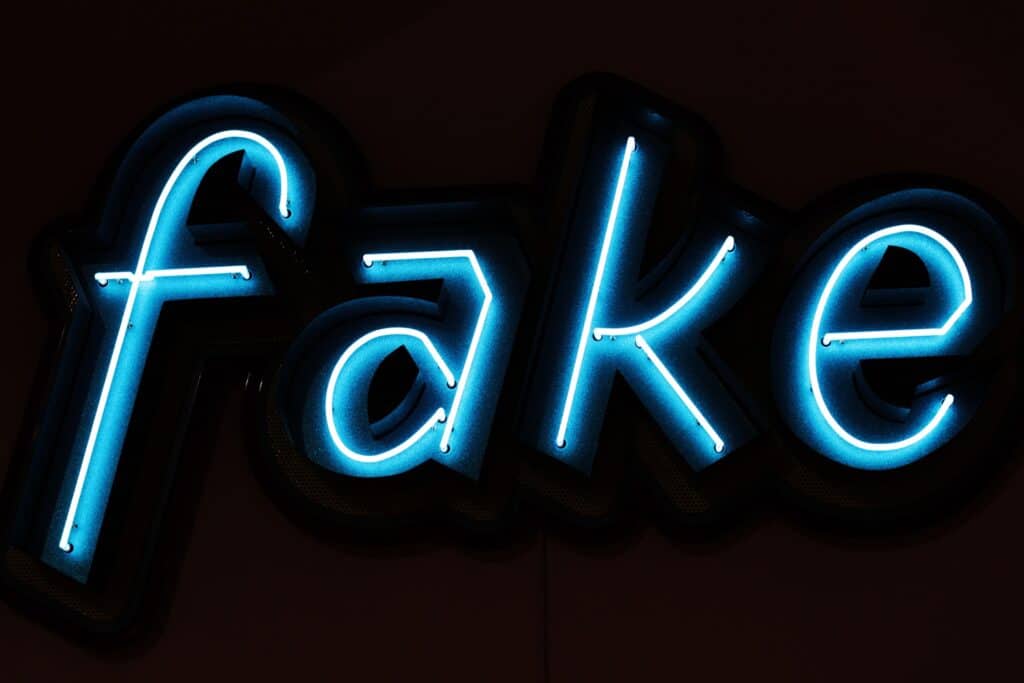With personal branding against fakes
Fake accounts are on the rise on the business platform LinkedIn. What this means for the network and salespeople, and how members demonstrate their authenticity.

Fakes and Error
Thousands of fake accounts are currently active on LinkedIn, two researchers from Stanford found out. These profiles contact other members with sales offers - even if the profile persons do not exist, their clients do. Some of these companies admitted to buying computer-generated sales activities. If a LinkedIn member responds to these messages, a real consultant then supplies him or her.
The same scam, the same scam - only on a business platform instead of for private individuals. The damage is borne by the network and those members who really cultivate contacts and do sales work on LinkedIn. LinkedIn wants to take active action against bots. What users can do themselves to distinguish themselves from the virtual swindlers is explained by ReachIn Network-CEO Viviane Ehret-Kleinau.
With Personality vs. Uncertainty
Hardly any individual features and a blurred, indefinable background determine the profile picture of an impostor account. This is because the images do not show real people. An artificial intelligence is behind the depicted creation, recognizable by various criteria such as a single earring.
"A meaningful photo with distinctive features would not design a simple image creation AI for a business network," Ehret-Kleinau's image solution said. The same goes for the background image, which is usually missing from fake profiles. "Bots only do what is necessary to be able to interact and not stand out directly as an imitation. A background image thus serves as an additional step for verification."
The dummy profiles do have a resume, but beyond that, info is missing. The more substantial and specific a profile, the higher the chance of communicating with a real person. "Knowledge confirmed by other members can be important indicators, including for a possible collaboration with this person," explains the LinkedIn specialist. "Otherwise, users can assume that away from direct messages, fake profiles are not actively exchanging." In other words, topic-related comments under posts and self-generated contributions with added value demonstrate authenticity. Accounts that actively engage in personal branding exhibit all of these.
"Personal branding is essential to being credible on the business network."
The ReachIn Network is a specialist agency from Berlin that is exclusively dedicated to 360-degree LinkedIn marketing. Its focus is on employer branding and social media outreach. Entrepreneur Viviane Ehret-Kleinau and company builder Markus Malti and entrepreneur Kaspar Neftel act as management.








